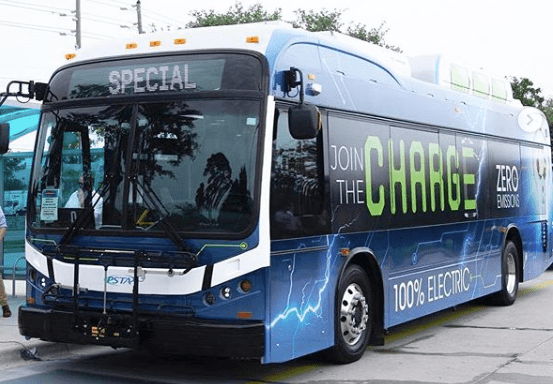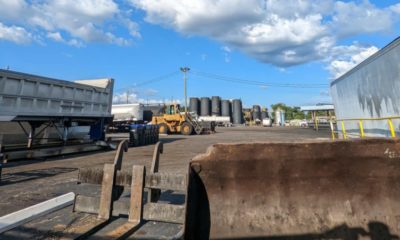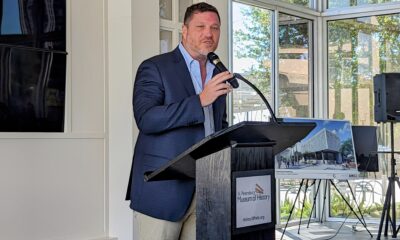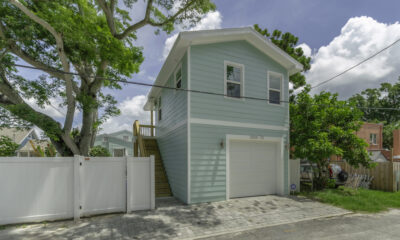Thrive
Envision 2030 seeks to improve the Tampa Bay region’s transit system

When compared to 20 other regions across the country, the Tampa Bay area doesn’t have a lot to brag about in terms of public transit.
The region ranks at the bottom in terms of both ridership and revenue miles per capita. It’s not very safe for bikers or pedestrians. Commute times and congestion are high. Walkability is low.
With its Envision 2030 initiative, the Tampa Bay Area Regional Transit Authority hopes to change all that and improve the future of transit for residents across the area.
“The whole object here is for more robust regional transit investment to make this region much more competitive than it is today,” said Bill Ball, chief operating officer of transportation and planning firm Tindale Oliver, during a presentation at a work session for the Board of County Commissioners.
Envision 2030 was approved in June by the TBARTA board of directors, making it the area’s first regional transit development plan. The approval marked an important step in addressing regional transit problems and being able to compete for federal transit funding.
The initiative is expected to result in a number of benefits, including improving the quality of life of residents by providing them with more transportation options and creating regional connectivity. Most critically, however, Envision 2030 will support economic development and job access.
Based on an independent assessment, Ball said there is “no doubt” that Envision 2030 would result in a substantial increase in the number of jobs the average resident would have access to, especially for those earning low to moderate incomes.
The regional transit vision includes everything from trains to ferries to express buses, but to what extent the initiative will be implemented will come down to funding. Over the next 10 years, TBARTA has about $42 million available in existing revenue sources. Should the decision be made to fully implement the regional transit vision, it would require an $89 million in operating costs and $403 million in capital expenses.
“Funding is the biggest challenge for TBARTA and the biggest challenge for transit throughout the region,” Ball said, adding that TBARTA will continue work with local partners to talk about how to increase total state and federal transit funding.
Going forward, TBARTA must continue to demonstrate the value and benefit this plan brings to the region, Ball said.
“The bottom line is we need to continue to educate the community and inspire support from the business community as well as grassroots support,” he said. “And we need to continue to communicate over time as we put together specific action items to pursue funding in the future.”







